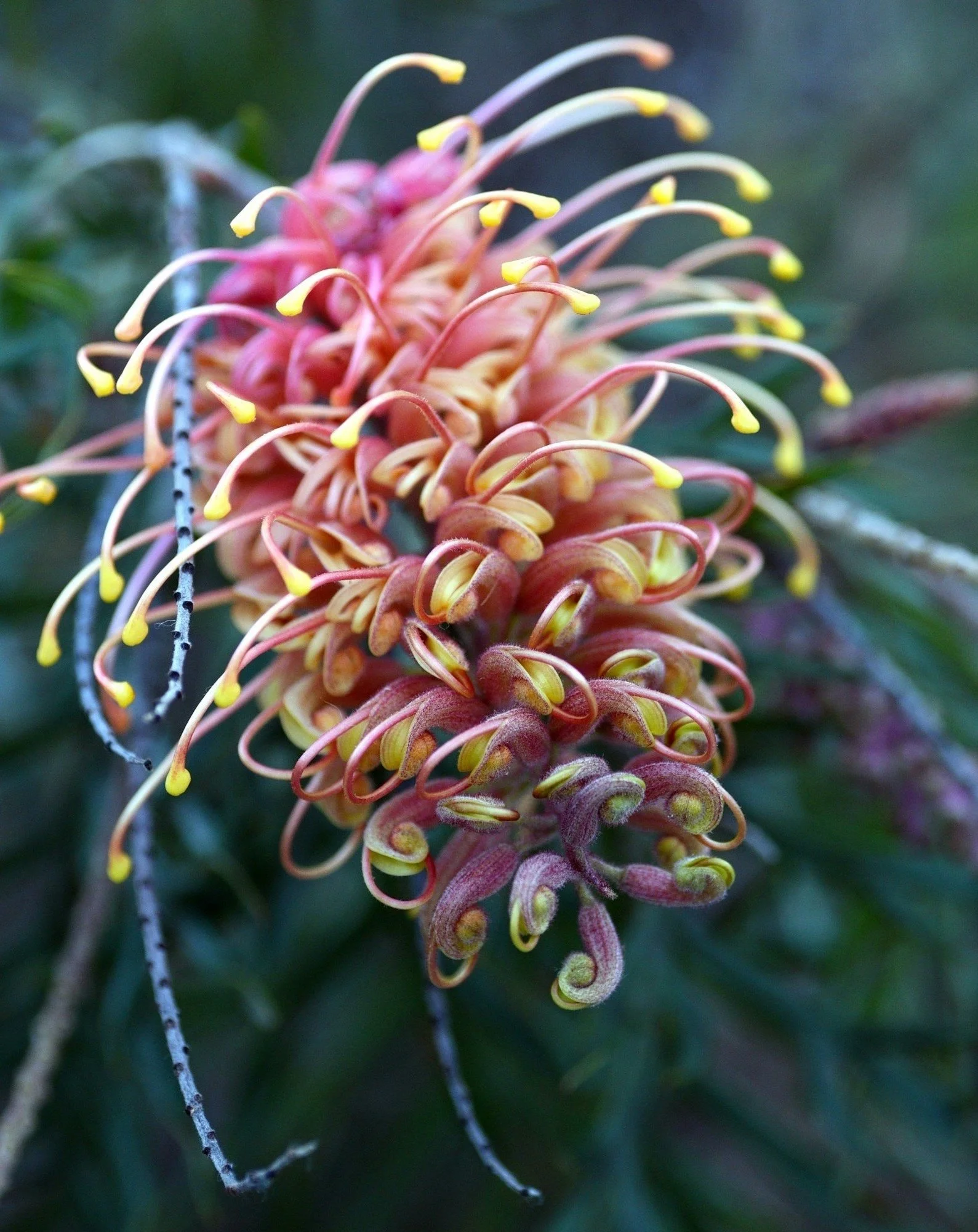Watching the Seasons Shift: A Reflection on Nature and Climate
In January, the ivory curl flowers bloom across my suburb. Tall sprays of cream and gold spill from the Buckinghamia celsissima trees, and the butterflies follow.
It’s always hotter than I expect, and the light feels sharp. But these flowers remind me it’s mid-summer, not just by the calendar, but by pattern. By memory.
For a long time, the seasons here didn’t feel quite right to me. I grew up longing for autumn leaves - the fiery reds and golds, the crisp cold winters I saw in books and on screen. But here, in the Southern Hemisphere, the rhythms are different. The year seemed to turn quietly, sometimes without fanfare.
I didn’t appreciate the beauty of the nature around me.
This noticing of the ivory curl, of what’s blooming and falling and migrating has become a quiet practice. I never used to track these things. But in recent years, I’ve needed something slower. Something more grounded. Something outside the metrics and meetings.
Phenology is the study of seasonal cycles in plants and animals and it offers a language for this kind of attention. It turns abstract time into something lived and felt. It reveals rhythm in the unfolding world around us.
Long before institutions and algorithms, people watched the land - to know when to plant, when to hunt, and when to rest. We’ve always had this capacity to notice. We’ve just forgotten how to slow down long enough to use it.
In a time of accelerating climate crisis, noticing nature becomes not just a practice of belonging but a vital act of care and survival. The patterns of flowering, migration, and weather shifts are early warnings - nature’s own signals that ecosystems are changing, sometimes faster than we realise.
By paying attention to these rhythms, we can better understand how our environment responds to warming temperatures, altered rainfall, and shifting seasons. This awareness deepens our connection, informs better stewardship, and reminds us that we are part of a living system, not separate from it. It’s how Indigenous peoples have cared for the land throughout history - with love, with noticing and connection. We have much to learn.
And, the stakes are high. Climate change brings new public health challenges: heatwaves, vector-borne diseases, food insecurity. Responding effectively means listening to the planet as closely as we listen to data.
Noticing nature is, in essence, an act of resistance - against indifference, disconnection, and the erasure of our relationship to the living world.
And, so I observe.
In August, the wattle blooms.
In September, the grevilleas flower and the rainbow lorikeets gather at my front deck - noisy, brilliant, full of life.
In October, the silky oaks bloom, jacarandas splash their lavender petals across the street, and the black tea tree flowers delicately in my backyard.
And in December, the Poincianas bloom in fiery reds, blazing like the heat itself, and Christmas arrives, unmistakably Australian, radiant, and alive. Banksias and Sheoaks evoke memories of warm beach days and are timeless markers of summer.
And I am here for it. Not just observing, but belonging
Now, the seasons feel right to me not because they match any ideal or expectation, but because they reflect the rhythms of this place I call home. The greens, golds, and blossoms here aren’t less beautiful for being different; they are just a language I’m still learning to speak. The seasons I once longed for were borrowed, but these local cycles are mine. Embracing them is an act of belonging, a way to root myself more deeply in my home, and a reminder that connection begins with noticing what is truly here.

